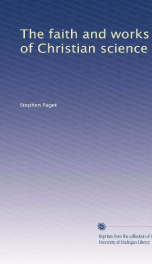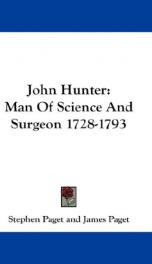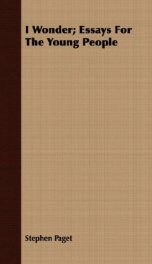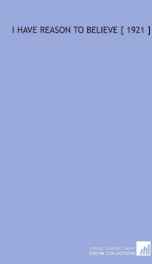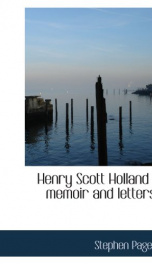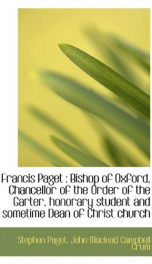experiments on animals
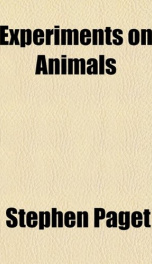
Purchase of this book includes free trial access to www.million-books.com where you can read more than a million books for free. This is an OCR edition with typos. Excerpt from book: II THE LACTEALS Asellius, in his account of his discovery of the lacteal vessels (1622), is of opinion that certain of "the ancients " had seen these vessels, but had not recognised them. He has a great reverence for authority : Hippocrates, Plato, Aristotle, the Stoics, Herophilus, Galen, Pollux, Rhases, and a host of other names, he quotes them all, and all with profound respect; and comes to this conclusion : " It did not escape the ancients, that certain vessels must needs be concerned with containing and carrying the chyle, and certain other vessels with the blood: but the true and very vessels of the chyle, that is, my ' veins,' though they were seen by some of the ancients, yet they were recognised by none of them." He can forgive them all, except Galen, qui videtur nosse omnino debuisse" but, as for Galen, 1 know not at all what I am to think. For he, who made more than six hundred sections of living animals, as he boasts himself, and so often opened many animals when they were lately fed, are we to think it possible that these veins never showed themselves to him, that he never had them under his eyes, that he never investigated themhe to whom Erasi- stratus had given so great cause for searching out the whole matter ? " Probably, the milk-white threads had been taken for nerves by those who had seen them :and those who had never seen them, but believed in their existence, rested their belief on a general idea that the chyle must, somehow, have vessels of its own apart from the blood-vessels. What Galen and Erasi- stratus must have seen, Asellius and Pecquet discovered : and Harvey gives a careful review of the discovery in his letters to Nardi (May 1652) and to Morison (November 1653). He does not accept it; but the point is that he recognises it as a new thing a...
Info about the book
Author:
Series:
Unknown
ISBN:
1499767463
Rating:
4/5 (9)Your rating:
0/5
Languge:
English
Users who have this book
Users who want this book
What readers are saying
What do you think? Write your own comment on this book!
write a commentGenre
if you like experiments on animals try:
Other books by this author
Do you want to read a book that interests you? It’s EASY!
Create an account and send a request for reading to other users on the Webpage of the book!

